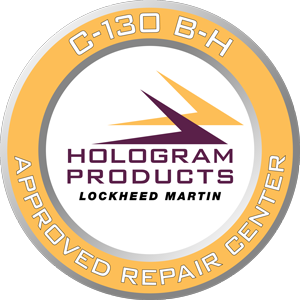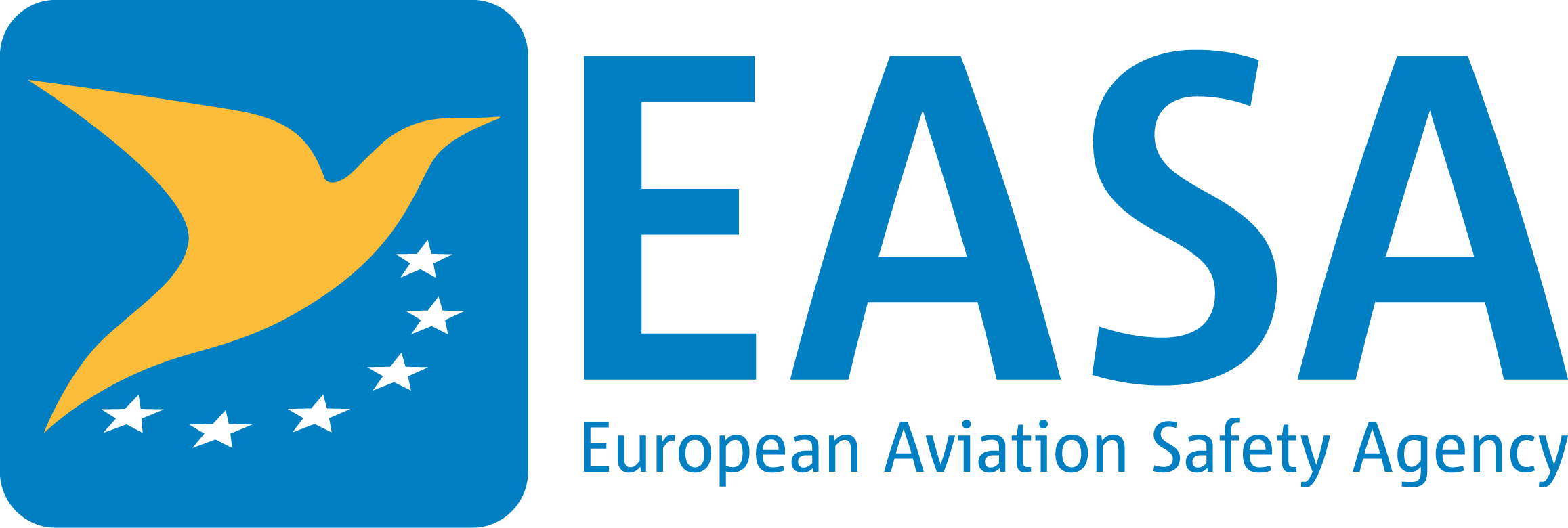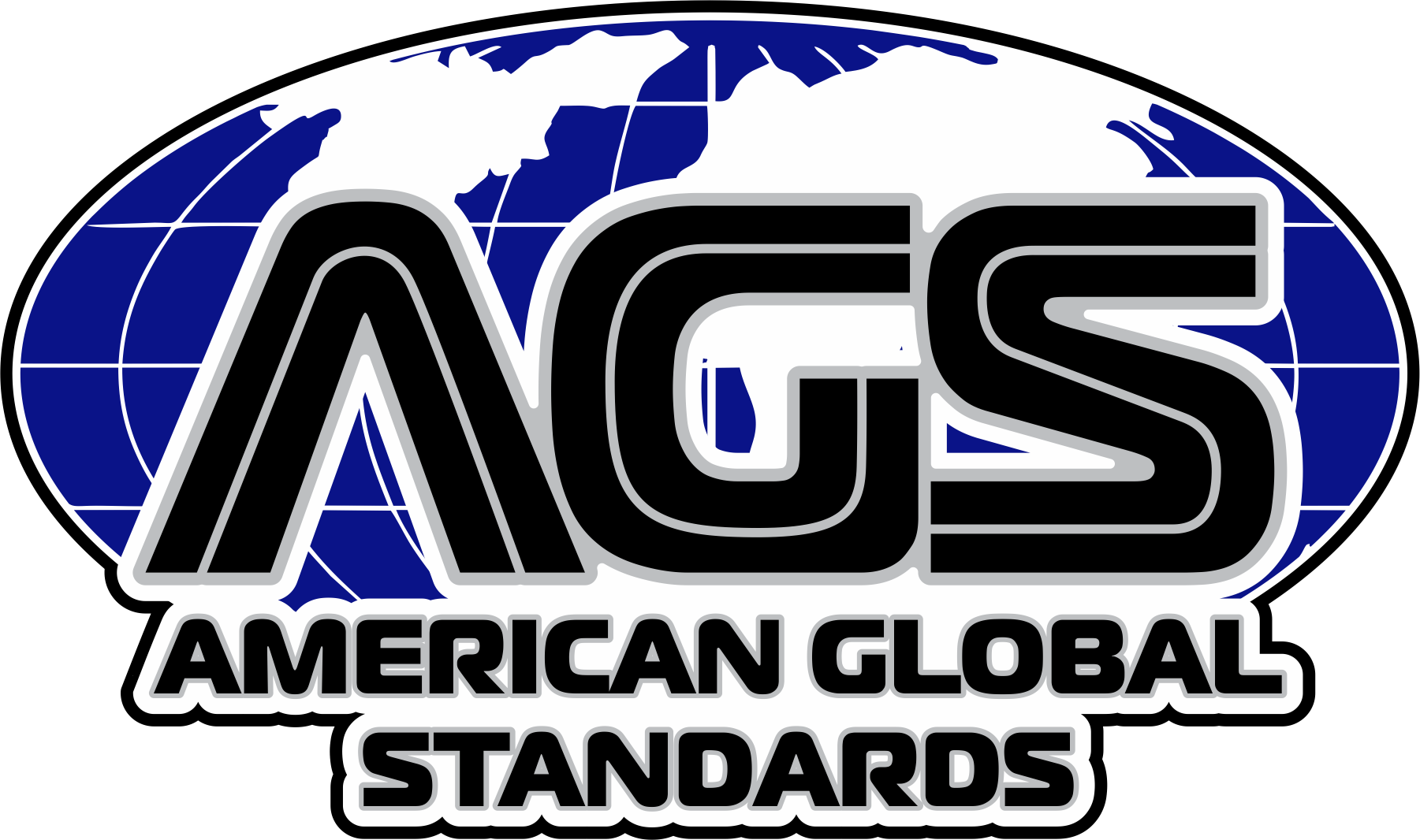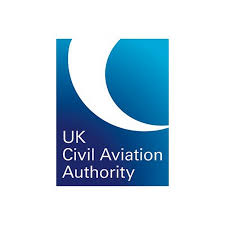Rotary Actuators
There are various procedures involved in repairing airplane rotary actuators. It should be noted that the specifics can vary based on the precise type and model of the actuator, as well as the nature of the malfunction. A general procedure, on the other hand, would include the following steps:
1. Fault Diagnosis:
This is the first and most important stage in every repair job. It begins with identifying the problem. Physical inspection, performance testing, and the use of diagnostic software may be required. Common actuator difficulties include issues with the hydraulic or electric systems, mechanical flaws, or wear and tear.
2. Disassembly:
Once the problem has been identified, the actuator must be disassembled. This step must be performed with extreme caution to avoid causing further damage. To ensure proper disassembly, the technician would often follow a comprehensive protocol, which is frequently supplied by the actuator’s manufacturer.
3. Component Inspection and Testing:
After disassembling the actuator, each individual part would be inspected and tested. This could include visual examination, non-destructive testing (NDT) techniques like x-rays or ultrasonic testing, or functional testing to evaluate the parts’ performance.
4. Replacement or Repair of Defective Components:
The technician would either repair or replace the faulty component(s) after detecting them. This could include techniques like machining, welding, or installing new parts.
5. Reassembly:
After the necessary repairs or replacements have been completed, the actuator is reassembled. Again, this should be done according to a precise protocol to ensure proper reassembly and avoid subsequent problems.
6. Testing:
Once the actuator has been rebuilt, it will be tested to confirm proper operation. This could include hydraulic or electrical system tests, mechanical performance, and possibly performance under simulated operational situations.
Because rotary actuators play such an important part in aircraft systems, safety is vital at all stages of this process. All repairs comply with applicable aviation norms and standards.
